Ditapis dengan

The Army Almanac
The Army Almanac adalah edisi komersial baru dari buku yang pertama kali diterbitkan oleh Departemen Angkatan Darat pada tahun 1950 sebagai publikasi pemerintah. Sekarang direvisi secara ekstensif dan dimutakhirkan, The Army Almanac diterbitkan ulang sebagai tanggapan atas permintaan populer. Kebutuhan akan buku referensi otentik tentang fakta-fakta berguna tentang Angkatan Darat Amerika Ser…
- Edisi
- -
- ISBN/ISSN
- -
- Deskripsi Fisik
- 797 hlm. ; Tab. ; App. ; 21 cm
- Judul Seri
- -
- No. Panggil
- R 355.059 YOU a
Alpha & Omega
- Edisi
- -
- ISBN/ISSN
- 0-201-18199-1
- Deskripsi Fisik
- x, 209 Hal. ; 23 cm
- Judul Seri
- -
- No. Panggil
- -
- Edisi
- -
- ISBN/ISSN
- 0-201-18199-1
- Deskripsi Fisik
- x, 209 Hal. ; 23 cm
- Judul Seri
- -
- No. Panggil
- -

Orang Bali : Penelitian Ulang tentang Karakter
- Edisi
- -
- ISBN/ISSN
- 979-8591-50-X
- Deskripsi Fisik
- 225 hlm.; 25 cm
- Judul Seri
- -
- No. Panggil
- 959.86 JEN o
- Edisi
- -
- ISBN/ISSN
- 979-8591-50-X
- Deskripsi Fisik
- 225 hlm.; 25 cm
- Judul Seri
- -
- No. Panggil
- 959.86 JEN o

I Have the Right to Destroy Myself
- Edisi
- -
- ISBN/ISSN
- 978-0-15-603080-9
- Deskripsi Fisik
- -
- Judul Seri
- -
- No. Panggil
- -
- Edisi
- -
- ISBN/ISSN
- 978-0-15-603080-9
- Deskripsi Fisik
- -
- Judul Seri
- -
- No. Panggil
- -
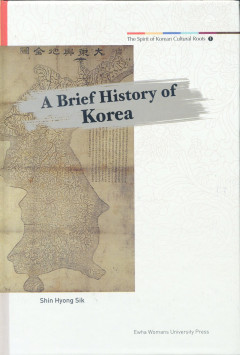
A Brief History of Korea
This book is introduction about history of Korea. Korea was a power in East Asia and once ruled much of Manchuria. The kingdom of Goguryeo was successful in repelling the aggression of China’s Sui Dynasti and Tang Dynasti, while the kingdom of Balhae ruled over a vast territory extending to the north as far as Siberia (Russian Maritime Territory). Throughout history, Korea not only developed …
- Edisi
- -
- ISBN/ISSN
- 89-7300-619-3 04900
- Deskripsi Fisik
- 148 p. : ill. ; 19 cm.
- Judul Seri
- (The Spirit of Korean Cultural Roots 1)
- No. Panggil
- 951.9 SHI a

The Sound of Thunder
- Edisi
- -
- ISBN/ISSN
- 0-87296-038-2
- Deskripsi Fisik
- 326 hlm.; 28 cm
- Judul Seri
- -
- No. Panggil
- 927 YOU t
- Edisi
- -
- ISBN/ISSN
- 0-87296-038-2
- Deskripsi Fisik
- 326 hlm.; 28 cm
- Judul Seri
- -
- No. Panggil
- 927 YOU t
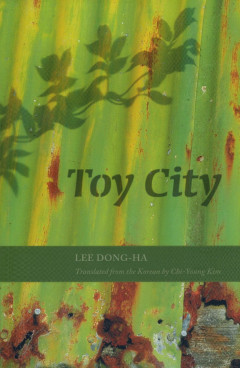
Toy City
Toy City, a poignant coming-of-age story of a fourth-grade boy named Yun, depicts the life of a poor family struggling to survive in the years immediately after the Korean War. An autobiographical work, the novel is written entirely from young Yun’s point of view.
- Edisi
- -
- ISBN/ISSN
- 1-59743-201-6
- Deskripsi Fisik
- vii, 214 p. ; 22 cm.
- Judul Seri
- -
- No. Panggil
- 895.734 LEE t
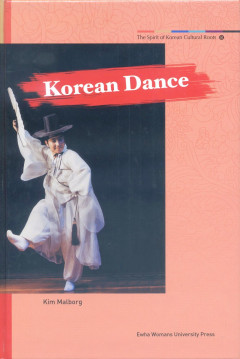
Korean Dance
This book deals with the dances that were traditionally performed in the Royal courts and among ordinary people, the dance that were put on stage before and after the country’s liberation in 1945, as well as the Korean dances that are performed on the international stage. Therefore, this book is written with intention of building a bridge beetwen the present and past roots of traditional Kore…
- Edisi
- -
- ISBN/ISSN
- 89-7300-626-6
- Deskripsi Fisik
- 148 p. : ill. ; 19 cm.
- Judul Seri
- (The Spirit of Korean Cultural Roots 8)
- No. Panggil
- 793.315 19 KIM k
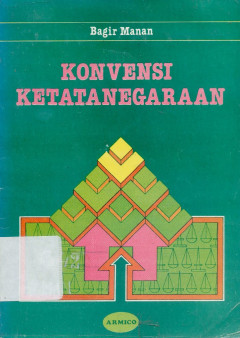
Markets: Traditional Korean Society
Traditional markets show us a slice of society but to see this we need an understanding of the markets of the past: when markets began to appear, how they developed, how they changed as they became assimilated into the capitalist system. In other words, we need to look over the history of Korean markets.
- Edisi
- -
- ISBN/ISSN
- 89-7300 699-1
- Deskripsi Fisik
- 160 p. : ill. ; 19 cm.
- Judul Seri
- (The Spirit of Korean Cultural Roots 17)
- No. Panggil
- 658.851 9 CHU m
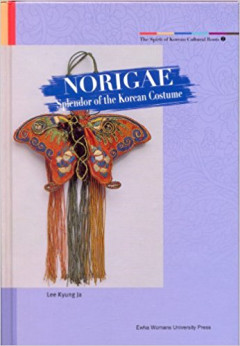
Norigae: Splendor of the Korea Costume
This book is introduction about the Norigae. Norigae is a decorative pendant hung from the outer or inner breast-tie of the short upper garment (jeogori), or sashes of the traditional Korean women’s custome called ”handbok”. It was an accessory item exclusive to the Joseon dynasty and was made of precious materials such a gold, silver or jade. The decorative designs and ornamental detail…
- Edisi
- -
- ISBN/ISSN
- 89-7300-618-5
- Deskripsi Fisik
- 140 p. : ill. ; 19 cm.
- Judul Seri
- (The Spirit of Korean Cultural Roots 2)
- No. Panggil
- 391.951 LEE n
Menjadi orang tua efektif: petunjuk terbaru mendidik anak yang bertanggung jawab
- Edisi
- -
- ISBN/ISSN
- -
- Deskripsi Fisik
- xi, 286 hlm. : il. ; 21 cm.
- Judul Seri
- -
- No. Panggil
- -
- Edisi
- -
- ISBN/ISSN
- -
- Deskripsi Fisik
- xi, 286 hlm. : il. ; 21 cm.
- Judul Seri
- -
- No. Panggil
- -
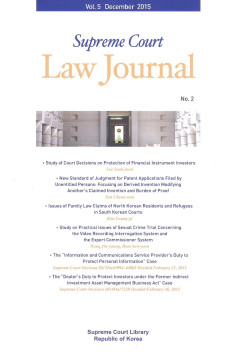
Supreme court law journal
This paper discusses about Supreme Court Law Republic of Korea. In this paper there are four articles that Study of Court Decisions on Protection of Financial Instrument Investor, New Standard of Judgment For Patent Applications Filed by Unentitled Persons: Focusing on Derived Invention Modifying Another's Claimed Invention and Burden of Proof, Issues of Family Law Claimes of North Korean Resid…
- Edisi
- Vol.5, No.2, 2015.
- ISBN/ISSN
- 2287-2132
- Deskripsi Fisik
- x, 295 hlm.; 25 cm.
- Judul Seri
- -
- No. Panggil
- -

Diplomacy: New approaches in history, theory, and policy
- Edisi
- -
- ISBN/ISSN
- 0-02-918070-8
- Deskripsi Fisik
- xvi, 286 hal. : il. ; 22cm
- Judul Seri
- -
- No. Panggil
- -
- Edisi
- -
- ISBN/ISSN
- 0-02-918070-8
- Deskripsi Fisik
- xvi, 286 hal. : il. ; 22cm
- Judul Seri
- -
- No. Panggil
- -

A Korean Mother's Cooking Notes
The recipes in this book are for four servings, unless otherwise specified. You might find some quite inadequate for four people but you must remember most Korean foods are side dishes. We have quite a different concept of main dishes from Westerners - the real main dishes being always rice and soup. Everything else is a side dish to help diners consume them with relish. Because there are usual…
- Edisi
- -
- ISBN/ISSN
- 89-7300-299-6
- Deskripsi Fisik
- 211 hlm. : il. ; 23 cm.
- Judul Seri
- -
- No. Panggil
- 641.595 19 CHA k
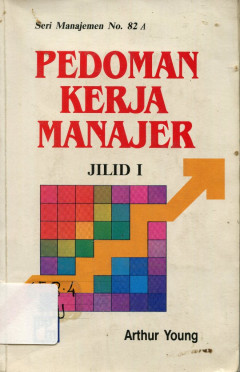
Pedoman Kerja Manajer
- Edisi
- -
- ISBN/ISSN
- -
- Deskripsi Fisik
- xii, 218 hlm., ; ilus., : 24 cm
- Judul Seri
- -
- No. Panggil
- -
- Edisi
- -
- ISBN/ISSN
- -
- Deskripsi Fisik
- xii, 218 hlm., ; ilus., : 24 cm
- Judul Seri
- -
- No. Panggil
- -
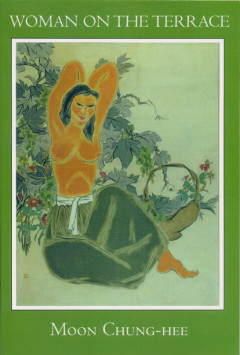
Woman On The Terrace
Moon Chung-hee’s lyrical poems represent poignant self-examination, evoking moments of bewilderment and hopeful resignation to the passage of time and the imprisoning conditions of her life. Her passionately rebellious languages makes her whimsical and tentative inquiry into the conditions of women taut with poetic tension.
- Edisi
- -
- ISBN/ISSN
- 978-1-893996-86-1
- Deskripsi Fisik
- 117 p. ; 23 cm.
- Judul Seri
- -
- No. Panggil
- 808.81 HEE w
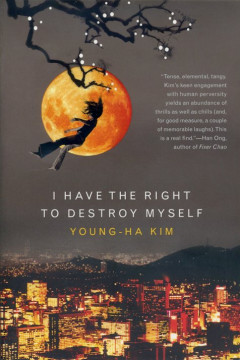
I Have The Right To Destroy Myself
A Spectral, nameless narrator haunts the lost and wounded of big-city Seoul, suggesting solace in suicide. Wandering through the bright lights of their high-urban existence, C and K are brothers who fall in love with the same woman-Se-yeon. As their lives intersects, they tear at each other in a struggle to find connection in their fastpaced, atomized world.
- Edisi
- -
- ISBN/ISSN
- 978-0-15-603080-9
- Deskripsi Fisik
- 119 p. ; 20 cm.
- Judul Seri
- -
- No. Panggil
- 808.83 YOU i
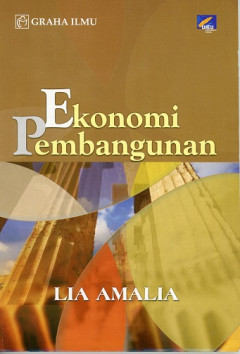
Good Morning, Kimchi!
This book is an abridge version of Korean Book Good Morning, Kimchi!: 111 Kinds of Kimchi. Along with traditional kimchi recipes, there are many modern kimchi recipes throughout this book which use vegetables that people in other countries will be more familiar with.
- Edisi
- -
- ISBN/ISSN
- 1-56591-216-0
- Deskripsi Fisik
- 128 p. : ill. ; 24 cm.
- Judul Seri
- -
- No. Panggil
- 641.595’19 SOO g
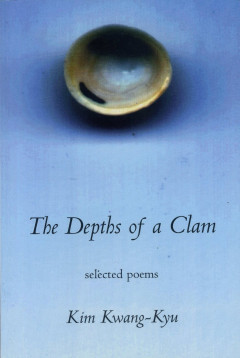
The Depths of a Clam: Selected Poems
Kim Kwang-Kyu wrote in a simple vocabulary with grammatically coherent language that included a humor that had not been present in contemporary Korean literature. He demonstrated that it was possible to write about social issues while remaining deeply personal, a concept that has had a profound influence on younger poets. The reader who comes to these poems is thus being invited to wake up from…
- Edisi
- -
- ISBN/ISSN
- 1-893996-43-3
- Deskripsi Fisik
- 160 p. ; 23 cm.
- Judul Seri
- (Korean Voices Series, Volume 9)
- No. Panggil
- 808.81 KIM d
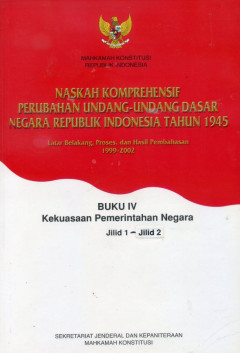
World Through The Eyes of a Teenager
Young-Hoon has a knack for getting the hearts of a matter in just a few paragraphs. His critical thinking and commentary was well beyond his years, and yet clearly the voice of young Korea. Young-Hoon has shown to be a sharp teen observer of today’s society.
- Edisi
- -
- ISBN/ISSN
- 978-89-91184-68-8
- Deskripsi Fisik
- vii, 163 p. ; 23 cm.
- Judul Seri
- -
- No. Panggil
- -
 Karya Umum
Karya Umum  Filsafat
Filsafat  Agama
Agama  Ilmu-ilmu Sosial
Ilmu-ilmu Sosial  Bahasa
Bahasa  Ilmu-ilmu Murni
Ilmu-ilmu Murni  Ilmu-ilmu Terapan
Ilmu-ilmu Terapan  Kesenian, Hiburan, dan Olahraga
Kesenian, Hiburan, dan Olahraga  Kesusastraan
Kesusastraan  Geografi dan Sejarah
Geografi dan Sejarah